3 Hacks to Stop Your Boots from Squeaking
New boots, especially handmade or custom boots, have noticeably more going on inside them than your average boots.
Multiple layers of leather, thicker uppers, and a higher build quality all mean there’s a higher chance of your boots squeaking.
Your boots react to heat, moisture, and pressure, and the multiple layers of leather can expand and contract, causing that annoying squeak you can’t seem to place.
If your boots are squeaking, it won’t damage them, but it can be annoying, so we’ve put together three great hacks for how to keep your work boots from squeaking. Once you’ve identified what makes your boots squeak, you can use one of these hacks to have silent, comfortable boots.

Why do My Work Boots Squeak?
The heel area of your boot is a prime location for squeaks, as the heel counter can rub the upper, and every step you take can generate movement and friction between your heel and the boot, causing your boots to squeak.
A smooth insole can rub against your socks as you move around, causing a consistent squeaking noise that’ll slowly drive you mad. The same goes for the tongue of your boots, which can rub against the top of your foot or the upper of your boot, causing a squeak every time you take a step.
A new pair of boots can have an outsole that needs a little roughing up before they stop squeaking. Your sole may have excellent grip on rough terrain, but on smooth floors can sound like you’re tearing a sheet of metal in half.
The type of treatment used in the leather of your boots can also impact how much noise they make.
Vegetable-tanned leather is often drier and prone to creaking. The use of oil-tanned leather on all of the JK Boots range improves water resistance and minimizes the creaking and squeaking you’d find in drier leather. The JK Boots 300 - Redwood has 5-6oz uppers and lowers, but with oil-tanned USA leather that’s more pliable, will stay silent regardless of movement.

3 Hacks To Keep Your Work Boots from Squeaking
Until your boots are completely broken in, there’s a chance they’ll squeak in certain areas. Follow the hacks below, and you should notice a massive reduction in your boots' squeaking.
Hack #1: Use Talcum Powder to Reduce Friction
Internal friction can be one of the biggest causes of your boots squawking. Contact between your socks and the insole, or the tongue or laces rubbing against the upper can cause squeaking, as can your heel slipping against the back of your boots.
Talcum powder is an excellent product for reducing friction and absorbing moisture, which you’ll see a lot inside your boots. You don’t want the powder on the outside of your boots, but following these simple steps will reduce the squeaking from your boots.
Step 1. Remove the Insoles and Laces
It’s not uncommon for the insole in your boots to squeak as they rub against the footbed or for the tongue to creak as it rubs the upper of your boot.
Your first step should be to remove the laces and insoles from your boots and open up your boots. Bring the tongue forward, as you’ll also apply talcum powder there.
Step 2. Apply the Talcum Powder
The talcum powder will only remain in places invisible to the naked eye, so it’s okay to apply it liberally at first. Scoop some powder into the footbed of your boots, and use a clean cloth or your hand to rub it into the leather.
On the upper, apply some talcum powder to a dry cloth and rub it on the underside of where the eyelets are. Any part of the upper touching the tongue needs to have a powder coating to reduce friction.
On the tongue, rub in some talcum powder on the upper side of the leather to ensure it won’t squeak against the upper of your boots.
Step 3. Wipe Off Excess Powder From Your Boots
You’ll need to remove any excess or loose talcum powder, so turn your boots upside down and give the sole a good whack to dislodge the powder.
Replace the insoles and laces, and put the tongue of your boot back in place. Using a slightly damp cloth, wipe over your boots to remove the last signs of the powder, and you’re good to go.
You should notice an immediate improvement, provided you’ve identified the right part of the boots that were squeaking.
Hack #2: Condition Your Boots
Conditioning your work boots will soften the leather, making it less prone to squeaking. For boots made of thick leather, such as our rugged JK Boots Arctic No.1, which has been crafted from thick, 8oz oil-tanned leather, the more pliable they are, the less they’ll squeak.
Step 1. Clean Your Boots
Clean your boots with a leather brush and a clean microfiber cloth before you apply any conditioning products. Remove the laces from your boots and pull the tongue forward to ensure you can get to all the key areas that could be squeaking.
Step 2. Apply Conditioning Oil
One of the best conditioning oils on the planet, Obenauf’s Leather Oil, comes with a handy applicator inside the lid, but you can also use a clean microfiber cloth to apply the oil evenly.
Rub the oil into the upper and lower of your boots, ensuring you condition the tongue too. Avoid getting oil on the outsole, and look for an even coating throughout to avoid any patchy areas when your boots dry.
Step 3. Leave the Oil to be Absorbed
Leave your boots for a few hours to absorb the oil into the leather. If you’ve missed any areas, they’ll probably show up as a lighter patch on the leather so you can re-apply the conditioning oil here.
Once the oil is absorbed, put your laces back in, and test your boots for squeaks. As you’ll need to condition your boots monthly, they’ll become more worn in and less likely to squeak over time.
Hack #3: Create Friction on the Outsoles
While it’s common for boots with a smooth leather sole to squeak when walking on hard floors, the thick rubber soles you’ll find on work boots can also cause your boots to squeak.
While the lugs are deep and great for grip, the flat surface on the lugs can still be relatively smooth, so you’ll need to roughen it to increase the texture of the soles.
Step 1. Clean the Soles of your Boots
To ensure you’re maximizing the effect of using sandpaper on the sole of your boots, you’ll need to clean them first. Remove any dirt between the lugs with a blunt knife, and wipe the sole with a damp cloth to remove any remaining mud.
Step 2. Use Sandpaper to Roughen the Surface Area
While you want to roughen up the sole of your boots, it’s a fine line between that and needlessly wearing them down. Using a rough sheet of 80 or 120 grit sandpaper, lightly sand over the soles to create extra grip.
You can repeat this process a few times until the squeaking stops but don’t wear down your boots more than needed. You’ll soon find that the additional grip stops your boots from squeaking on hardwood floors, tiles, and even smooth concrete.

Minimizing That Squeak
Having a squeaky boot can become irritating, especially if you can’t quite place where it’s coming from. The hacks outlined above can and should remove the squeak from your boots, especially if you’re looking after your boots with a monthly cleaning regime.
You can even combine all three hacks to triple-ensure your annoying squeak vanishes. We’re so confident in the preserving qualities of Obenauf’s Leather Oil that we offer a free bottle with every first purchase if you’ve signed up for our newsletter.
Conditioned leather stays healthier, keeps out the rain, and will help remove any squeaks from the thicker leather our work boots are crafted from. If you’ve enjoyed this article and found it helpful, why not share it with your workmates, especially those with squeaky boots?
FAQs
Why do my work boots squeak when I walk?
Your boots could squeak because your heel is rubbing against the heel of your boot, or the tongue might be squeaking as it rubs against the leather of the uppers. It’s not hard to prevent boots from squeaking once you’ve identified the source. If your foot causes a squeak every time your sock moves against the insole, you can add talcum powder to reduce friction.
How do I stop my rubber sole boots from squeaking?
The easiest and most reliable way to stop rubber sole boots from squeaking is to use coarse sandpaper to roughen up the boot's sole. Using either an 80-grit or 120-grit sandpaper, lightly roughen the sole until it has a better grip. This should prevent the boot from squeaking as you walk on hard floors.
What do squeaky boots mean?
Most of the time, having a squeaky boot doesn’t mean anything. Premium-quality work boots comprise dozens of parts, often thick leather in direct contact with other leather. Until your boots are worn in, the squeak could simply be due to the compression and expansion of the leather as you walk. Heat can also affect squeaking as the boots restrict and contract in warm weather.

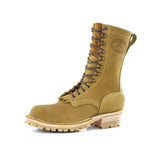

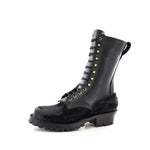
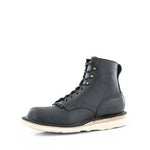
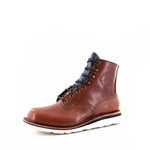
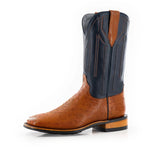
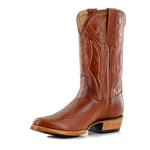
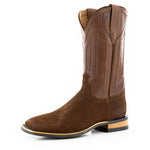
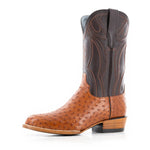


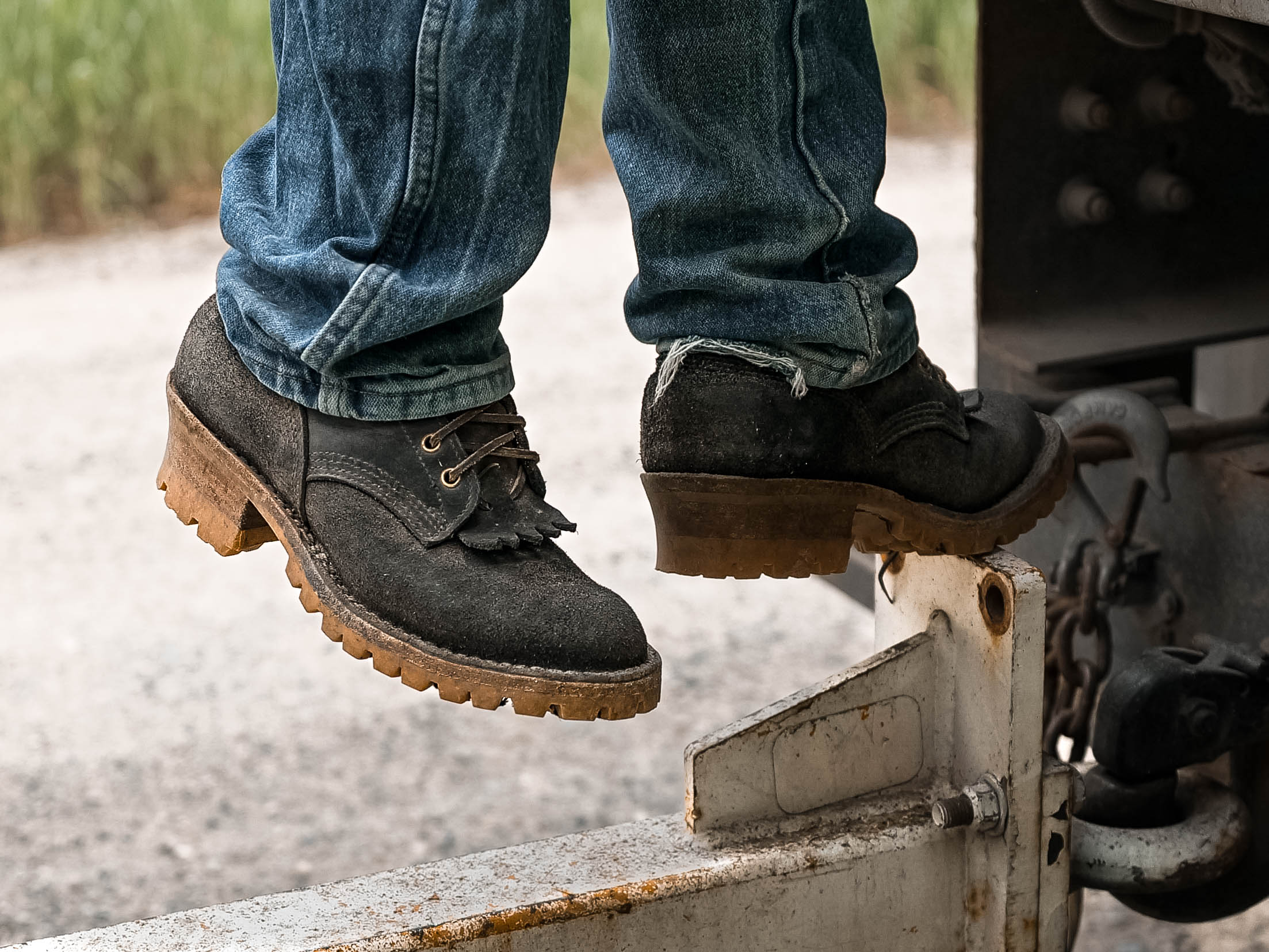
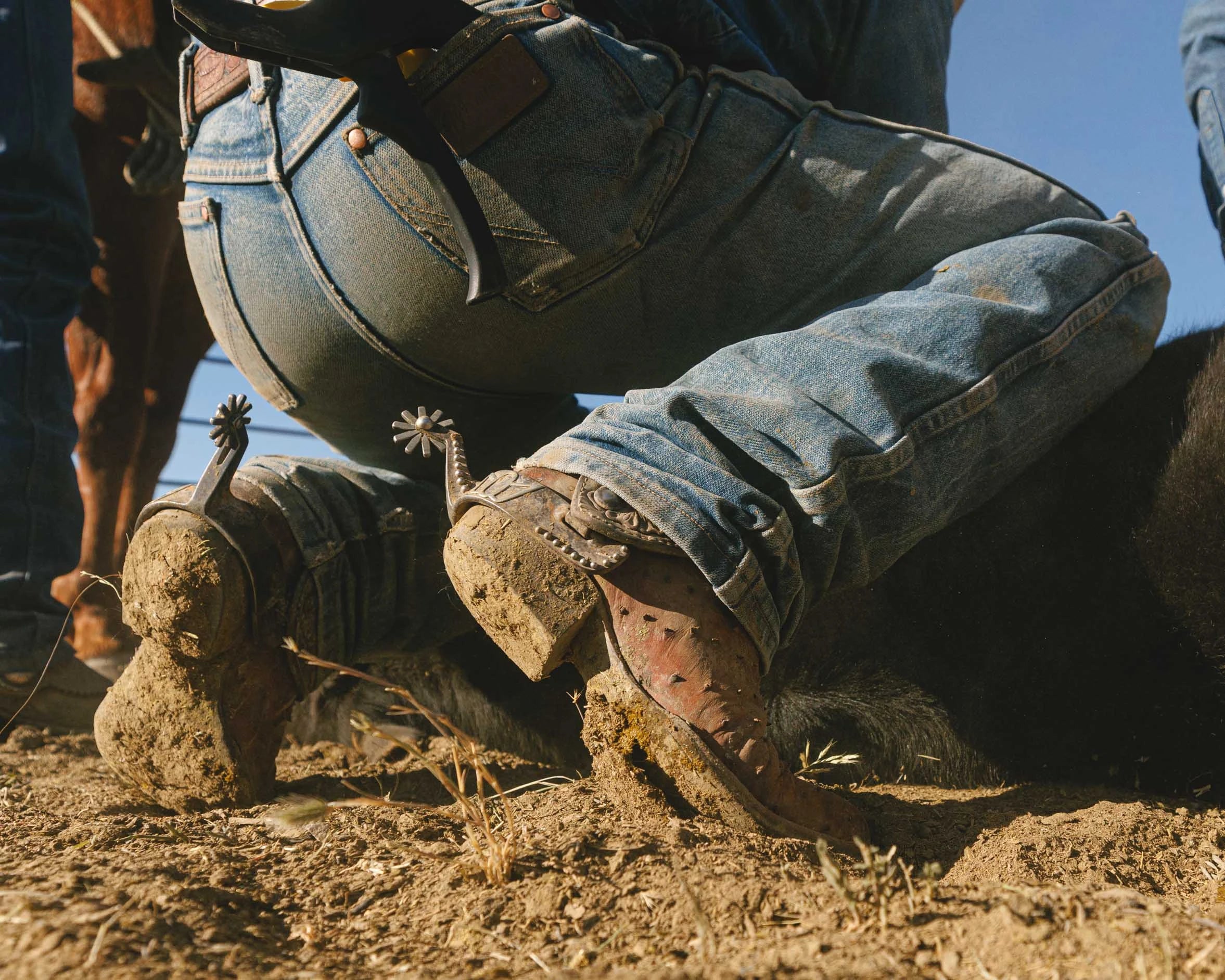

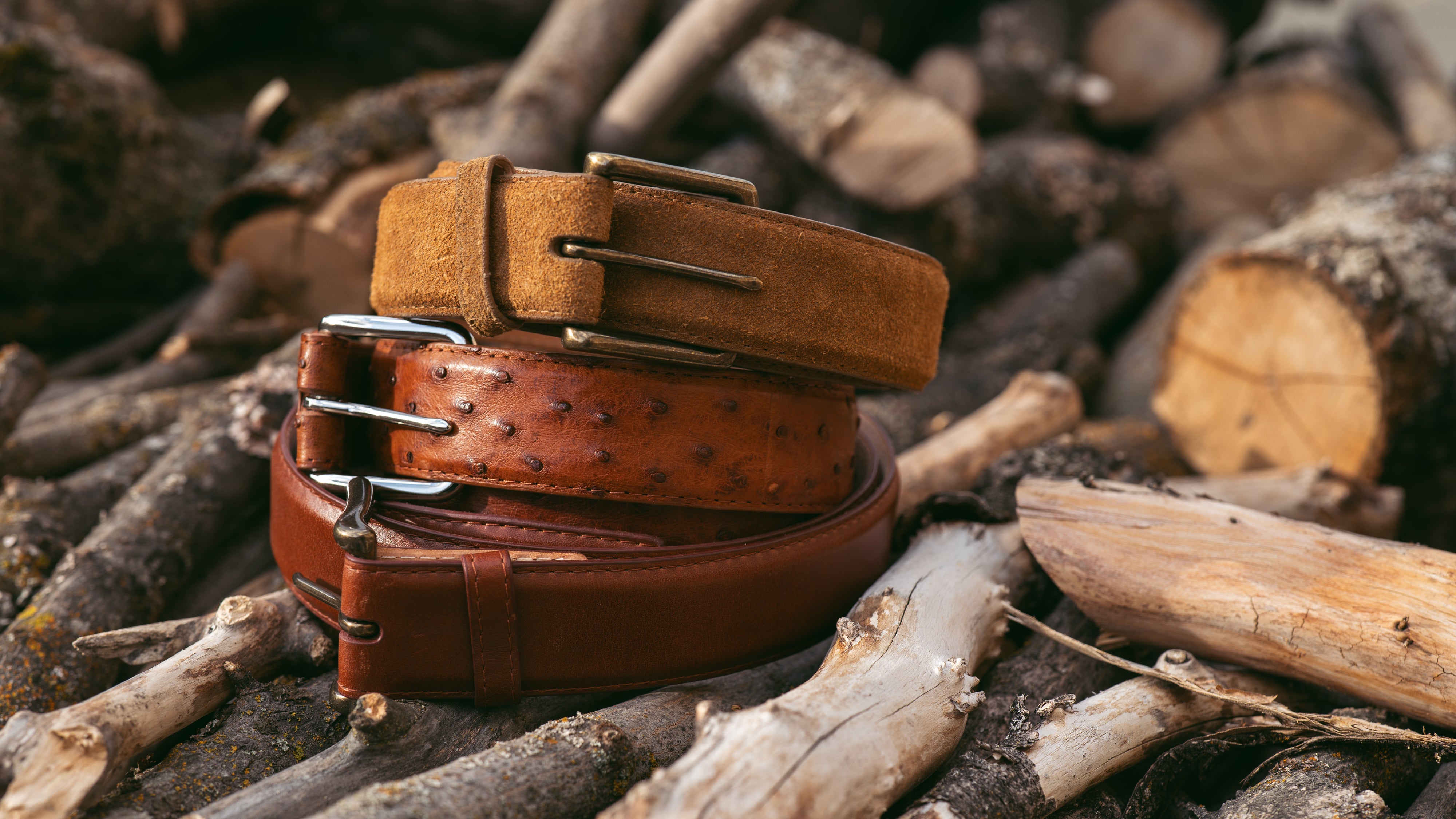
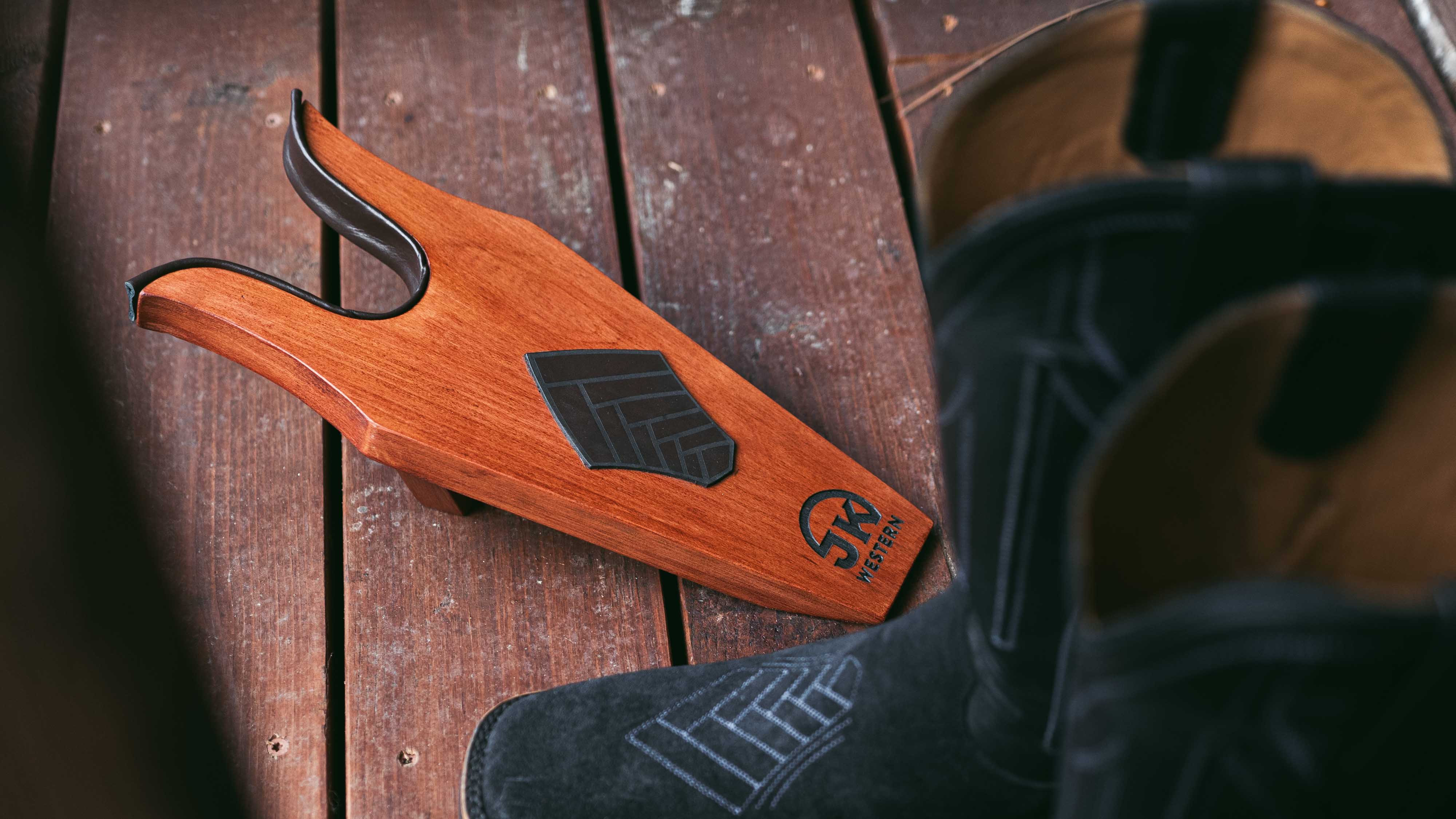
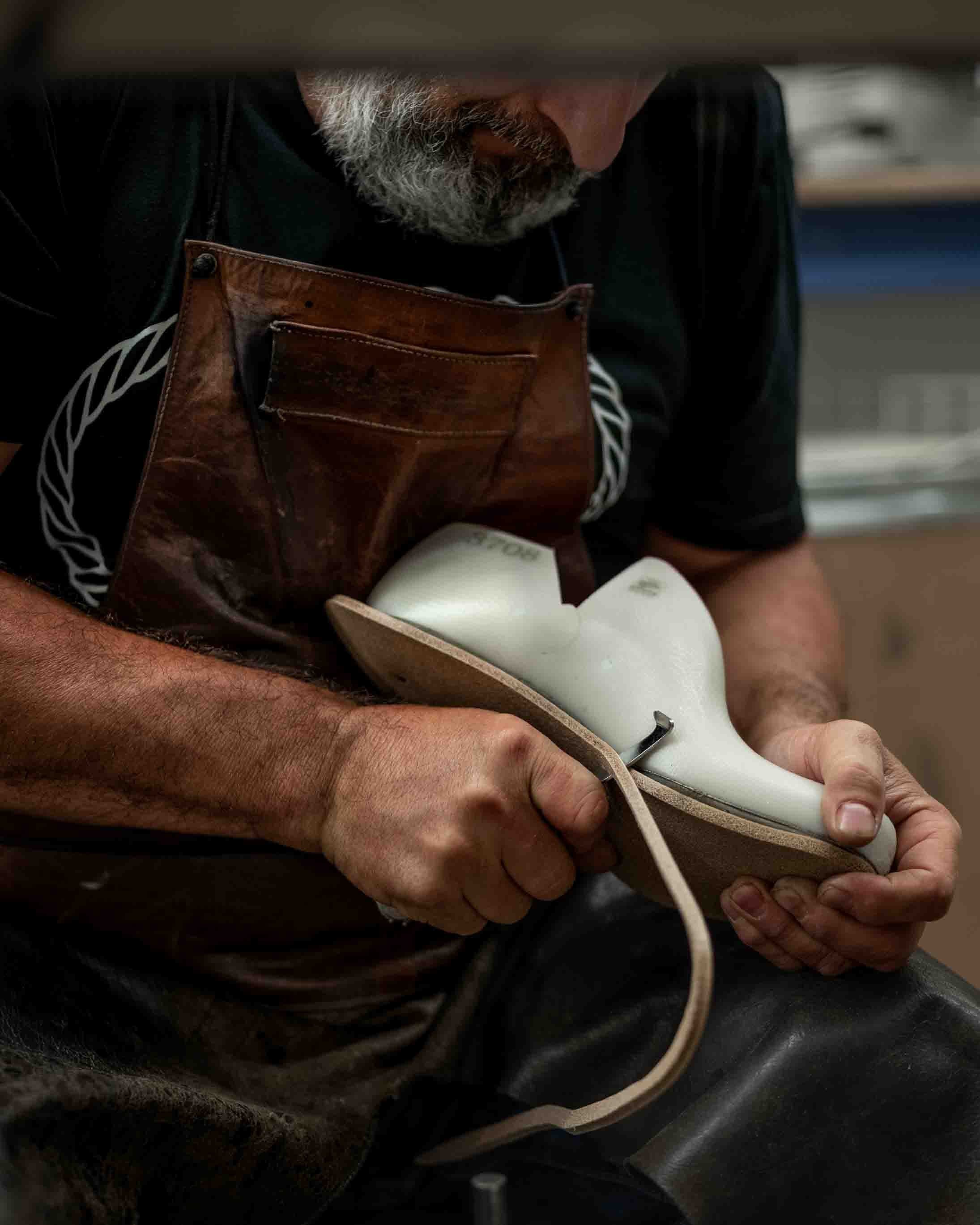

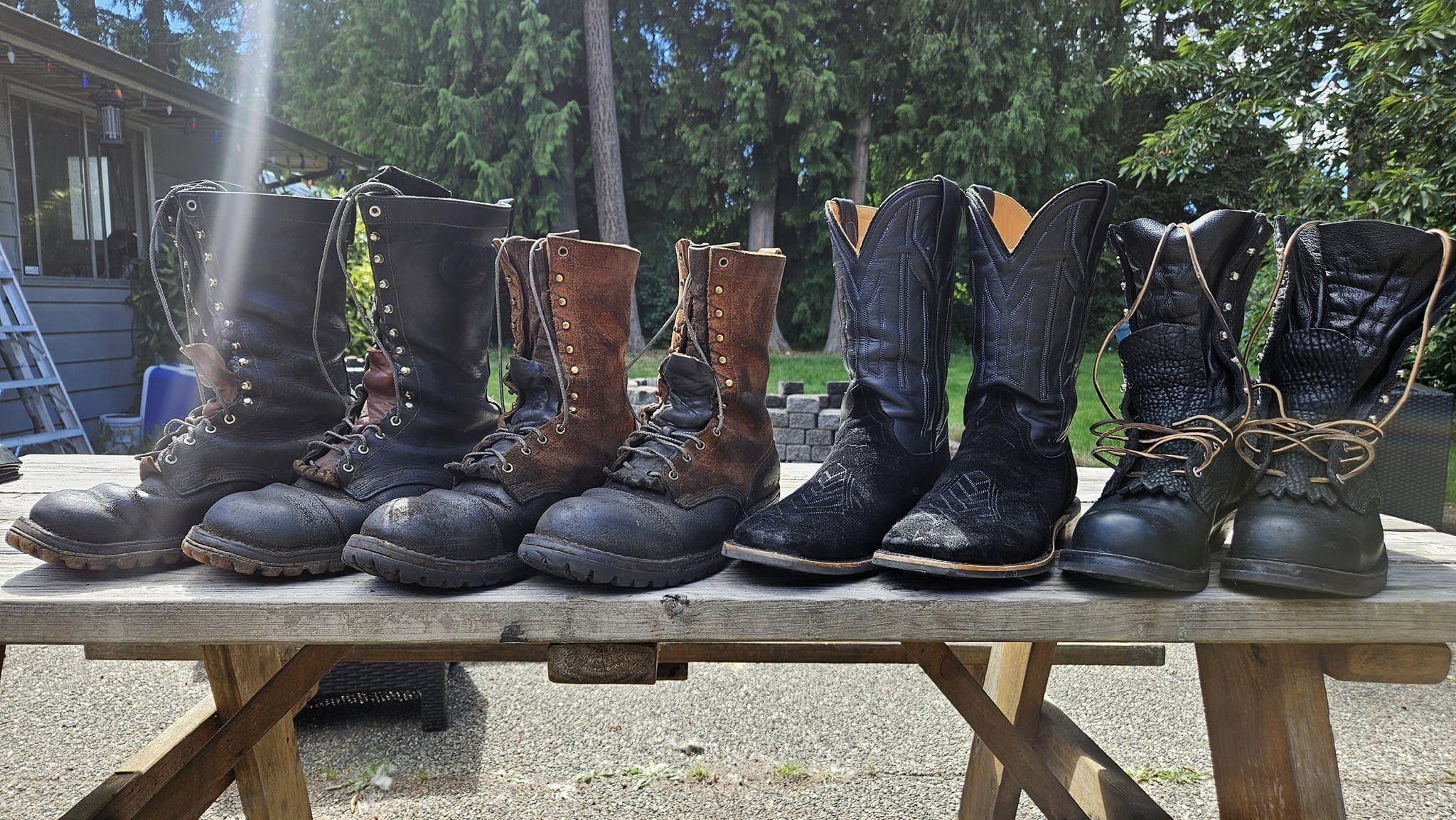
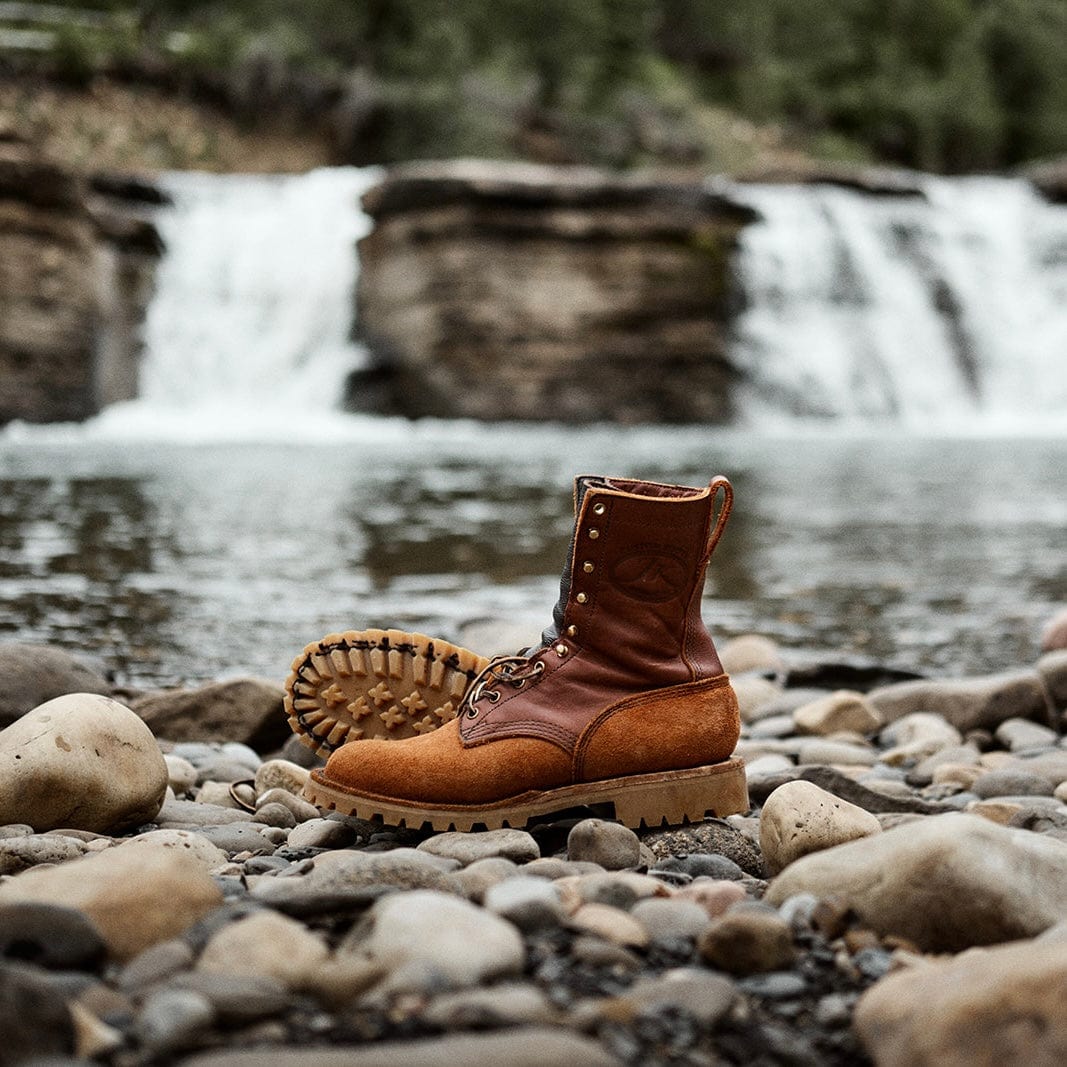
Yeah, these strategies don’t seem address the issue of the squeak emanating from the sole. I have a persistent squeak in the left boot around the area of the ball of my foot. It’s not coming from my socks, or the tongue, or the laces. And I have seen this issue posted by others. I messaged JK directly and hope to get some helpful feedback! I reviewed a Reddit thread that suggested it was just something that took time to dissipate…might be wishful thinking! In the meantime it’s awful.
My boots won’t stop squeaking it’s coming from bottom just behind my toes inside the boot build. I walked through a puddle of water to verify it is intruding through both boots making them squeak . I was gonna order another pair but I need some help resolving this first
I have done all you suggested multiple times even wearing them for three weeks straight and these New Old Stock Altama 7852 all black leather vulcanized Panama boots still squeak. They are 10w I also have a pair 10.5w and no squeaks at all.
Leave a comment